Exploring the rich tapestry of Mexican cuisine, pan dulce stands as a beloved symbol of tradition and culture. Beyond its delicious taste, pan dulce is more than just a sweet treat—it’s a cultural experience that reflects the heart and soul of Mexican heritage. From the soft, buttery concha to the flaky, golden brioche-like breads, there’s a world of varieties to discover. Each type of pan dulce tells a story, shaped by regional traditions and family recipes passed down through generations. Whether you’re a fan of classic conchas or seeking to master authentic pan dulce techniques yourself, this article delves into the secrets behind the most popular types of pan dulce and how to achieve that perfect texture and flavor. Join us as we uncover the artistry and history behind these beloved baked goods, and learn how to bring the essence of Mexico into your kitchen.
Key Takeaways
– Discover the authentic types of Mexican pan dulce, including conchas, empanadas, bolillos, pan de muerto, and bocoles, each offering unique flavors and textures.
– Explore traditional techniques and cultural significance behind these beloved baked goods.
– Understand the endearing term “pan dulce,” used to describe both sweet bread and, in a playful sense, someone kind or sweet.
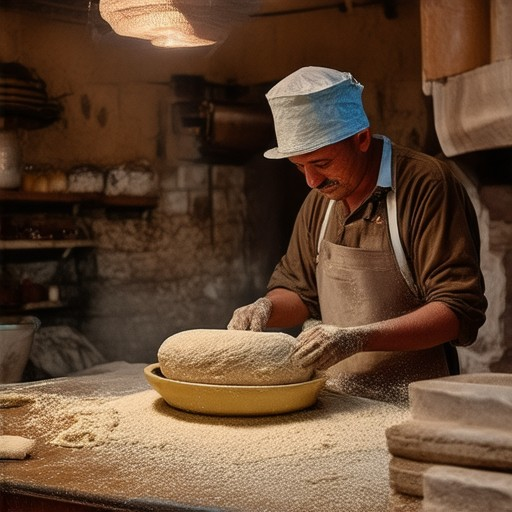
What is the Secret to a Soft Concha?
The secret to achieving a soft concha lies in the careful preparation of the dough. At Panito Mole, we start by mixing all the dry ingredients together before gradually incorporating the butter. This method ensures that the butter coats the proteins in the flour, which helps form gluten. The result is a dough that is not only soft but also pillowy, leading to a tender and fluffy concha every time.
- The key step is adding the butter early in the mixing process. This allows the fats to blend evenly with the flour, creating a smooth dough.
- Using high-quality ingredients is essential. Our flour is specifically chosen to ensure optimal gluten development, which contributes to the softness of the concha.
- Resting the dough after mixing is crucial. This gives the gluten time to relax and develop, ensuring a softer texture in the final product.
- When shaping the conchas, be gentle with the dough to prevent tough spots. Gently fold the dough over itself before cutting and baking.
For the best conchas in town, visit us at Panito Mole. Our bakers have perfected the art of making soft conchas, combining traditional methods with modern techniques to ensure perfection. Explore our full lineup of pan dulce and other authentic Mexican sweets, all made with care and passion.
Panito Mole is your go-to destination for all things concha. Check out our recipe guides and baking tips to master the art of making soft conchas at home. Don’t forget to browse our collection of other delicious treats, perfect for any occasion.
Understanding the Difference Between Conchas and Pan Dulce
When exploring the rich tapestry of Mexican cuisine, it’s easy to get captivated by the variety of baked goods that grace our tables. Among these treats, two stand out prominently: conchas and pan dulce. While they share similarities, they also have distinct characteristics that set them apart. Here’s a detailed breakdown to help you understand what makes each unique:
- Texture and Taste: Pan dulce, often referred to as “sweet bread,” features a soft, spongy texture that’s mildly sweet. Its flavor profile typically includes notes of butter, sugar, and sometimes nuts, dried fruits, or chocolate chips depending on the recipe. On the other hand, conchas offer a denser, almost cookie-like texture with a crisp exterior and a chewy center. Their flavor tends to be slightly sweeter and richer due to the use of ingredients like milk and eggs.
- Appearance: Pan dulce is known for its golden-brown crust and smooth, even distribution of its dough. Conchas, however, are distinguished by their distinctive rounded shape with a deep groove running along their surface, resembling a ring. This shape allows the concha to hold a filling, often consisting of sweetened cream cheese or fruit preserves, which adds to its appeal.
- Cultural Significance: Pan dulce holds a special place in Mexican culture, often served during breakfast or as a midday snack. It’s versatile enough to enjoy on its own or pair with coffee, tea, or even as a dessert. Conchas, while equally beloved, are traditionally associated with certain regional dishes and festivals, making them a staple at gatherings like Día de los Muertos.
- Usage: Both conchas and pan dulce are excellent choices for snacking, but they shine in different contexts. Pan dulce is ideal for those who prefer a milder, less sweet option, while conchas provide a satisfying contrast with their crunchy exterior and soft interior.
Whether you’re a fan of pan dulce or conchas, understanding their differences allows you to appreciate the nuances that make each a delightful part of Mexican cuisine. Both are true culinary delights, each offering its own unique charm and versatility.
Explore the world of authentic Mexican flavors with Panito Mole. From traditional pan dulce recipes to mouthwatering concha creations, we’ve got something to satisfy every craving. Visit us today and embark on a journey through the rich, aromatic, and delicious realm of Mexican baking.
Panito Mole
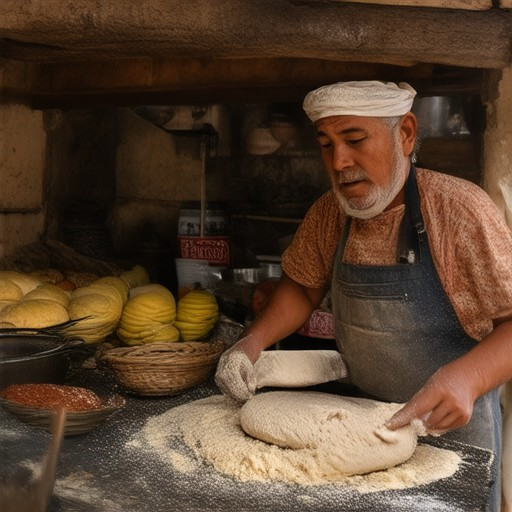
Common Concha Mistakes
Conchas, a traditional Mexican sweet bread, require careful attention to detail to achieve the perfect texture and flavor. Here are some common mistakes to watch out for:
- Not Allowing Enough Rising Time: Concha dough needs adequate time to rise properly. Insufficient rising can lead to a dense and heavy texture instead of the light and fluffy crumb we all love.
- Over-Baking: Baking conchas for too long can result in a dry, hard texture. Keep an eye on the oven and use a timer to avoid over-baking.
- Incorrect Measurement of Ingredients: Accurate measurements are crucial. Too much flour can make the conchas tough, while insufficient amounts may lead to a gummy texture.
- Improper Shaping: The unique “chap” shape of conchas is important for their texture. If not shaped properly, the bread may lose its characteristic soft crumb.
- Temperature Control Issues: The dough must be at the right temperature to activate the yeast properly. Too hot, and it might kill the yeast; too cold, and it won’t rise sufficiently.
- Under-Baking or Over-Baking: Both under and over-baking can negatively impact the final product. Aim for golden brown conchas with a soft interior.
- Overworking the Dough: Excessive kneading can develop too much gluten, resulting in a chewy texture instead of the desired softness.
- Not Using Proper Fat: Insufficient butter or oil can lead to a dry concha. Make sure to use the recommended amounts for optimal moisture and flavor.
- Sugar Content Miscalculation: The right balance of sugar is essential for the sweet taste and fermentation process. Too little sugar can hinder rising, while too much can lead to a sticky texture.
By avoiding these common mistakes, you can bake conchas that are light, fluffy, and full of authentic Mexican flavor. Practice, patience, and attention to detail will help you master this traditional recipe.
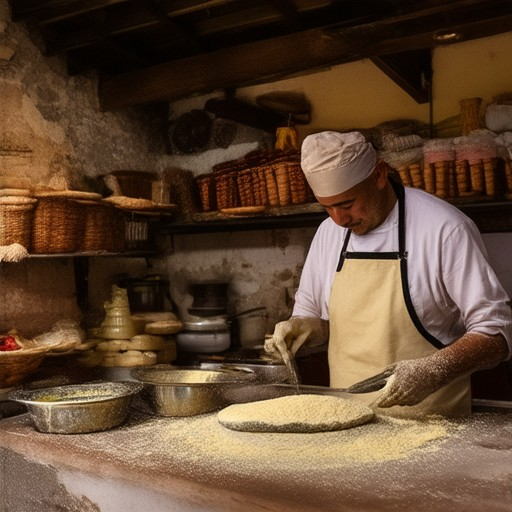
Three Different Types of Mexican Pan Dulce
Here are three distinct types of Mexican pan dulce, each offering unique flavors and textures:
- Conchas
- Conchas, also known as “sweet bread rolls,” are soft, slightly sweet rolls that are perfect for dipping in coffee or eating on their own.
- They are characterized by their golden-brown crust and chewy interior, often flavored with butter and sugar.
- A classic choice for breakfast or snacks, conchas are a staple in many Mexican households.
-
Empanadas
- These are flaky pastries filled with a variety of ingredients like fruit, cheese, or meat.
- Empanadas can be savory or sweet, depending on the filling, making them versatile for different tastes.
- A popular option for dessert or as a quick snack, they are often enjoyed with coffee or tea.
-
Bolillos de Azúcar
- Bolillos de azúcar are small, round rolls that are lightly sweetened with sugar.
- Their texture is similar to conchas but slightly denser, making them ideal for those who prefer a softer roll.
- They are commonly sold in bakeries and are a favorite choice for many Mexicans seeking a simple, delicious treat.
Each type of pan dulce offers something unique, catering to different preferences and occasions. Whether you’re looking for a classic breakfast roll or a flaky pastry, there’s a pan dulce to satisfy your craving.
Best Type of Pan Dulce
When it comes to determining the best type of pan dulce, there are several options that stand out for their unique flavors and cultural significance:
- Conchas : A fan-favorite across Mexico, conchas are known for their simplicity and sugary taste. They are beloved by both kids and adults, offering a classic sweet experience.
- Pan de Muerto : Celebrated during Día de los Muertos, pan de muerto is a sweet, buttery pastry shaped like a skeleton. Its rich flavor and cultural significance make it a memorable choice.
- Bocoles : These small, round rolls feature a sweet dough and are often filled with mermelada or cream cheese. Their compact size makes them ideal for snacking or as a dessert.
- Empanadas : While traditionally savory, some versions of empanadas are made sweet with fruit or Dulce de leche, offering a delightful twist on the classic pastry.
- Bolillos : Known for their soft texture, bolillos are a simple yet satisfying choice. They pair well with coffee or can be enjoyed on their own for a quick treat.
Each type of pan dulce offers something unique, catering to different preferences and occasions. Whether you’re looking for a classic option like conchas or a culturally significant treat like pan de muerto, there’s a pan dulce to suit every taste.
Learn more about authentic Mexican pan dulce recipes and traditions .
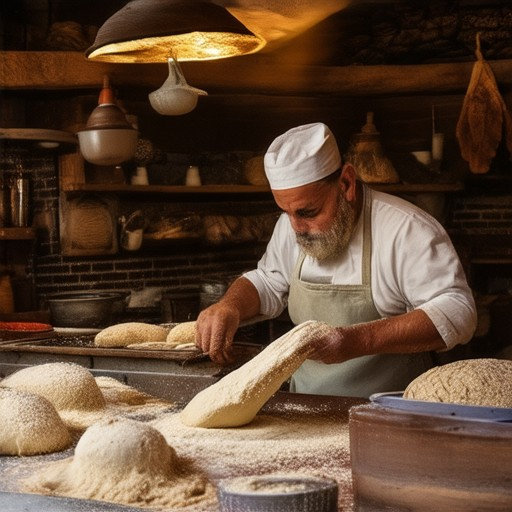
What Does It Mean to Call a Girl a “Pan Dulce”?
A “pan dulce” is a term of endearment in Mexican Spanish that literally translates to “sweet bread.” However, in colloquial and often humorous contexts, it is used to describe a woman in a playful or teasing manner, often referring to her appearance or personality.
Humorous Teasing Context
In casual conversations among friends or in media, calling someone a “pan dulce” can imply she is sweet, kind, or perhaps even a bit chubby. While this term is sometimes used affectionately, it can also carry a hint of humor or sarcasm depending on the situation and the relationship between the speaker and the person being called.
Metaphorical Usage
Beyond physical appearance, “pan dulce” can also be used metaphorically to describe someone who is gentle, warm, or nurturing. For example, a friend might joke that she brings “pan dulce” energy to a group setting, implying she has a soothing effect.
Cultural Sensitivity
It’s important to use such terms with caution, as they may carry unintended stereotypes or assumptions about body image. While meant as a compliment, “pan dulce” can unintentionally reinforce negative beauty standards or be perceived as offensive by some individuals.
Examples in Popular Culture
References to “pan dulce” can be found in Mexican TV shows, movies, and music, where it is often used in a lighthearted and affectionate way. For instance, a character might call another “mi pan dulce” to express admiration or fondness.
- Playful Insults: In some cases, “pan dulce” can be used sarcastically to tease someone about their weight or perceived sweetness.
- Affectionate Terms: Among close friends, it can be a term of endearment, signifying someone’s positive influence or presence.
- Personality Traits: It can also be used to describe someone who is kind-hearted or has a sweet disposition.
Ultimately, the meaning of “pan dulce” depends on the context and the relationship between the people involved. While it carries positive connotations in many cases, it’s essential to be mindful of how it is used to avoid unintended consequences.
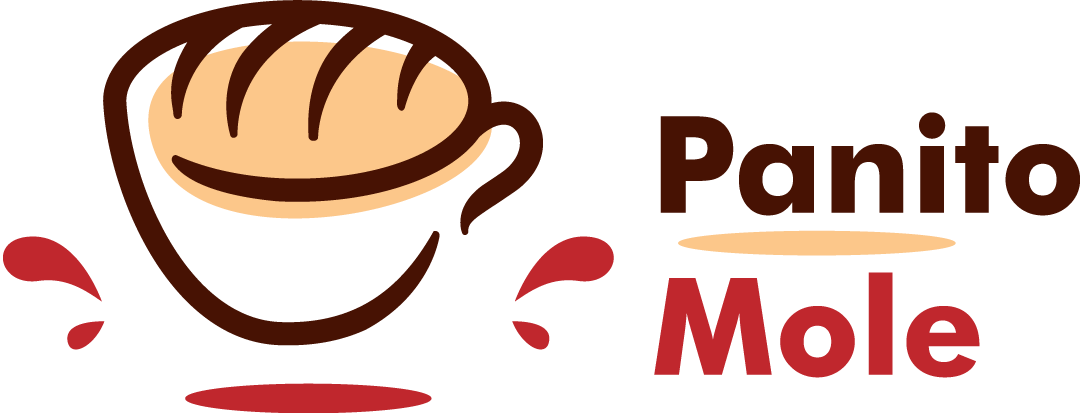
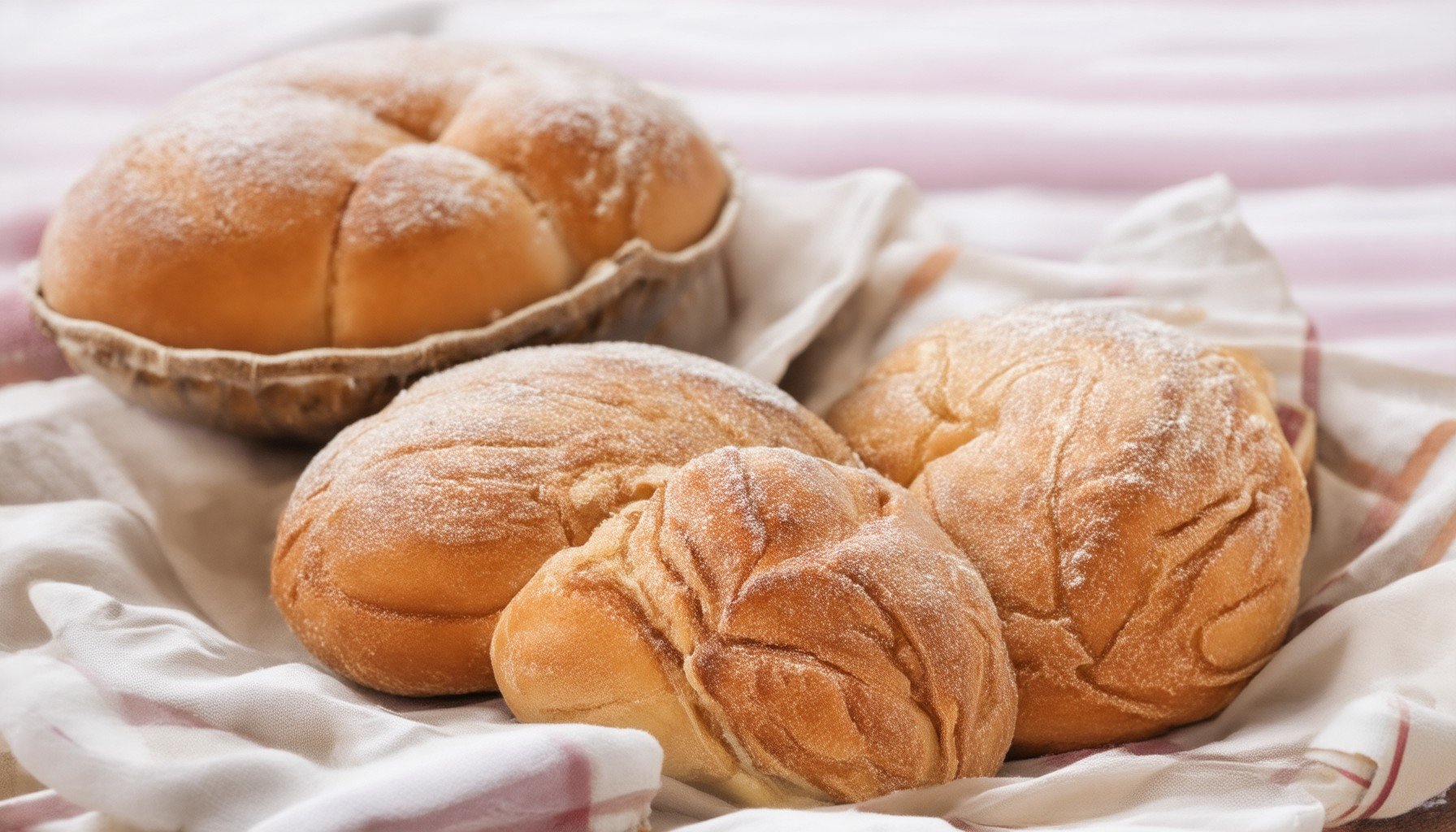
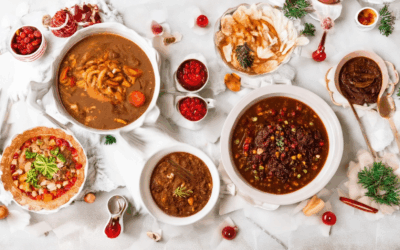
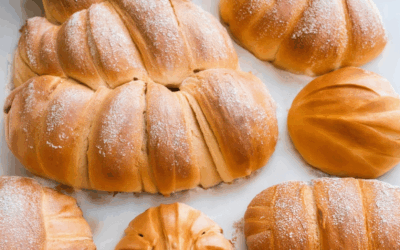
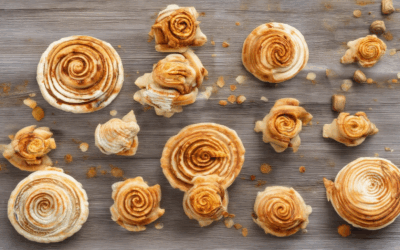
0 Comments